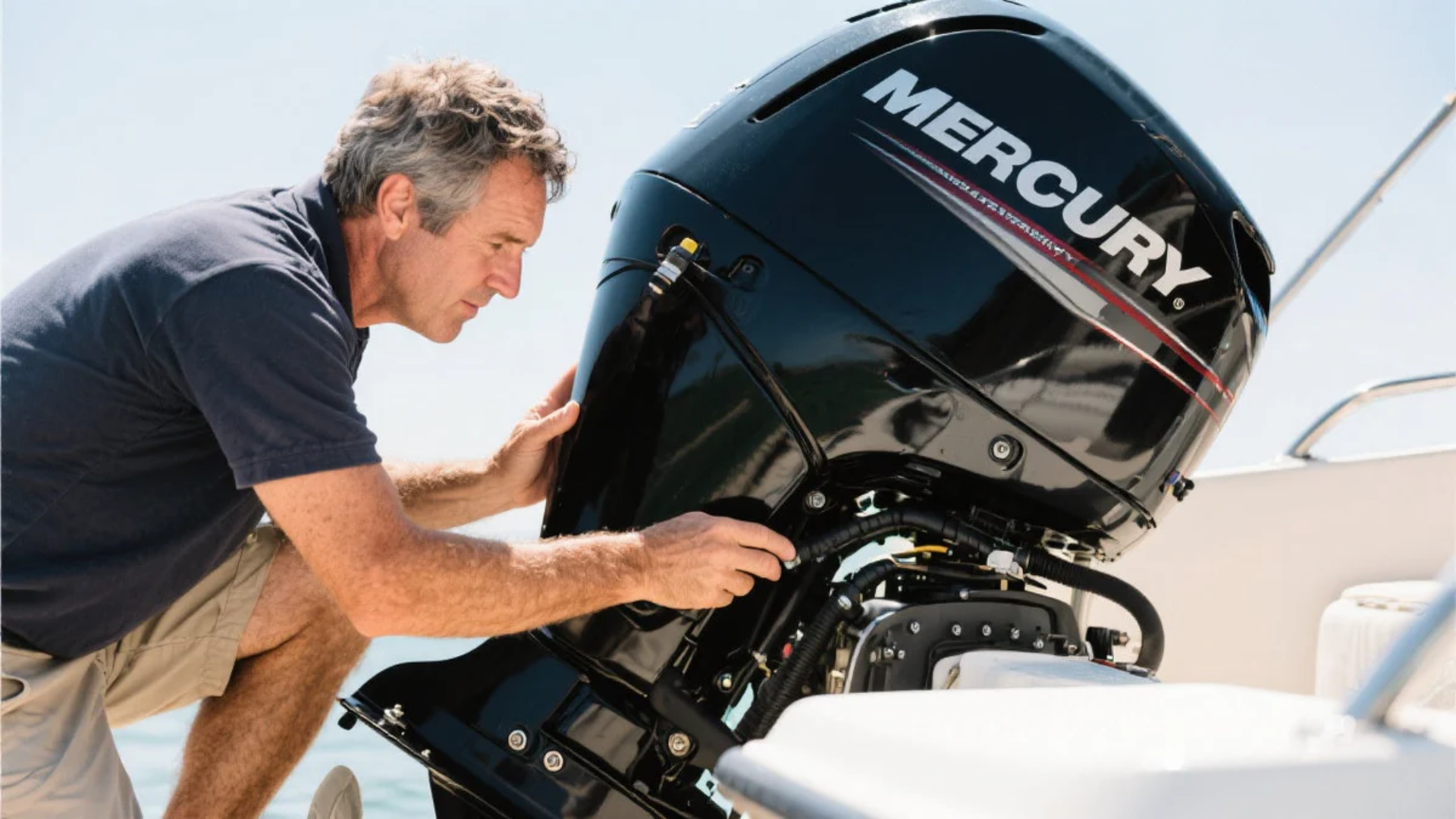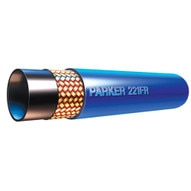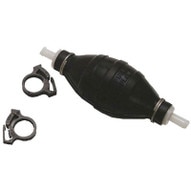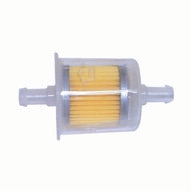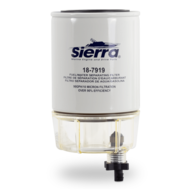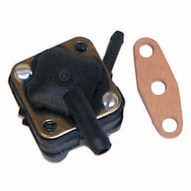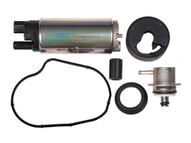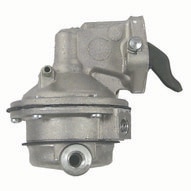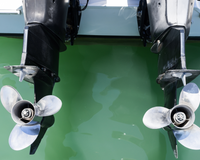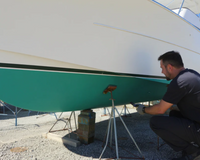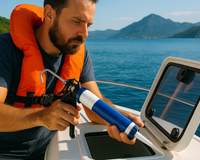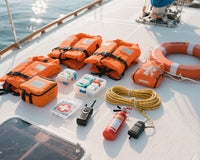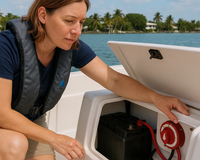Troubleshooting a Fuel System, Fuel Systems Explained
Possible Causes
This will be part of a three-part series on diagnosing an engine that will crank but not start. The three main things engines need to run are fuel, air, and spark. Without all three operating correctly at the same time the engine will not run. In this article I will cover fuel system issues that could cause the engine not to get fuel to it from the tank.
Fuel Line Checks
To start with let’s look at the simple things, is there fuel in the tank, visually inspect all the visible fuel lines and make sure they are not kinked or collapsed on the outside. Fuel line is made up of two layers of rubber with either woven fabric or braided steel in between the two layers. Fuel lines can also collapse internally. I will cover diagnosing that later on in the article. If your water separating filter has a clear bowl on it verify that there is fuel getting to that bowl or not, that will give us a starting point. On an outboard set up there is generally a primer bulb in line in between the tank and fuel pump on the engine. Test and make sure that it pumps up nice and tight.
Examining the Filter and Fuel Quality
With all of the above checked next pull the fuel filter off, these will be located in different places depending on the boat and engine type. Most outboards have an external filter that the fuel will go through first before it gets to the filter on the engine (they can be hidden very well) make sure you follow the fuel line from the engine back to the tank in order to locate this filter. Not every outboard will have this but most do. On an inboard or sterndrive engine you may have up to two fuel filters, one water separator that is not mounted on the engine and one main fuel filter that is mounted on the engine. Upon removing the filter obtain a clear glass bowl and observe the color of the fuel along with looking for any water in the fuel or debris. The purpose of the clear bowl is to tell if there is debris or water in the fuel. Gas is lighter than water therefore the water will settle to the bottom of the bowl. If debris is present, there are a few things that can cause this. If you find debris in the water separator prior to the engine it could be trash in the tank such as rust or dirt, if black rubberish material is present then you probably have a line collapsed or in the process of collapsing and needs replacing. The same will go for the engine mounted filter except this time the line from the external filter to the engine and the primer bulb (if equipped) could be causing the fuel delivery issues. Collapsed fuel lines are common on a lot of older boats.
Checking Fuel Pressures
Once all of the above steps have been either corrected or check good and the engine will still not run, we can check fuel pressure. To do this, you will need a fuel pressure gauge. Most engines, including outboards will have a Schrader valve in the fuel line somewhere. On older engines that do not have this a tee adaptor will have to be placed in line with the fuel flow. Consult a service manual for your specific model to verify correct fuel pressures. If the fuel pressure is low the first thing to do is replace all fuel filters and again verify that fuel is getting to the engine from the tank. On carbureted engines there will be just one fuel pump that is most of the time a cam driven mechanical pump. On fuel injected engines there will be two pumps that will need to be checked. One for low pressure, and one for high pressure. The low-pressure pump aids in pulling fuel from the tank and then supplies the high-pressure pump that feeds the fuel rail and injectors. Two tests will have to be performed if there is a high- and low-pressure pump. There will be two different Schrader valves for each pump and different specs for pressure on each pump. If one of the two pumps is not to spec, then just the one will need replaced. Example, if the low pressure is checked first and it checks within spec, next check the high-pressure pump and if it falls below the spec then just that pump will need replaced. If an injector or two have failed or clogged up, the engine should run it will just mis a lot.
Final Thoughts
These testing procedures should allow you to figure out the cause of a fuel delivery issue with your engine. Most older fuel systems are fairly simple to figure out, and some of the most common problems even on the newer engines can be diagnosed with these steps. I will be following up with two more articles on diagnosing an engine that will crank but not start.

